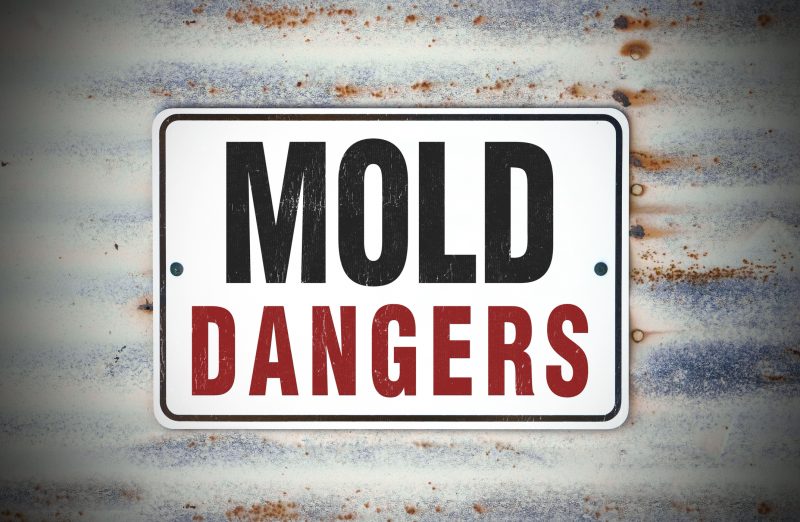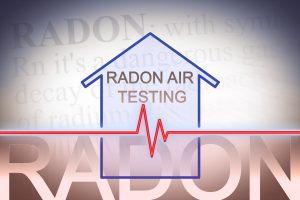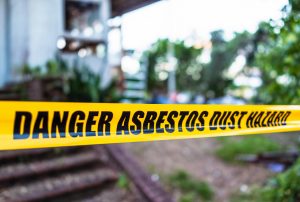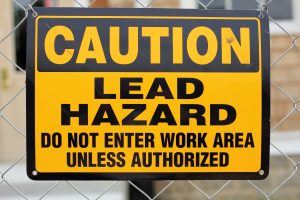What is Mold?
Molds are simple, microscopic organisms (fungi) whose purpose in the ecosystem is to break down organic materials and dead organisms in the environment. Molds are found both indoors and outdoors, and in any areas of the world. Some are visible, most molds are not.
Mold spores generally enter a home on air currents, clothing, shoes and house pets from the outside. They thrive particularly well on materials such as wood, drywall, ceiling tiles and carpet.
Outdoors, Mold can grow on plant matter, soil, and organic foods. Once set on something, each mold colony (mycelium) then produces millions upon millions of microscopic spores within a few days, and they continue to grow as long as sufficient moisture is present in that area. A small portion of mold may be visible on the surface of a material.
Be aware that molds can be found almost anywhere; they can grow on virtually any substance, providing moisture is present. There are molds that can grow on wood, paper, carpet, and foods.
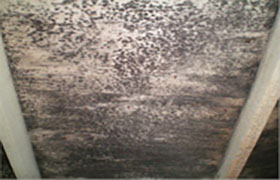

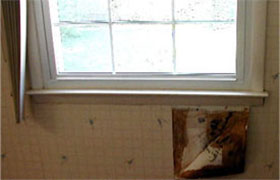
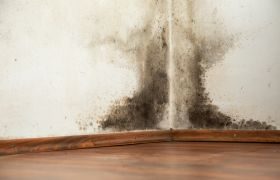
Can Mold be a serious Health Hazard?
Yes, Potential health effects & symptoms associated with mold exposures include allergic reactions, asthma, and other respiratory complaints. The extent of symptoms depends on the sensitivity of the exposed person. Allergic reactions are the most common and typically include: respiratory problems such as wheezing; nasal and sinus congestion; watery, reddened eyes or blurry vision; sore throat; dry cough; nose and throat irritation; shortness of breath; and skin irritation. Less common effects are: nervous system problems (headaches, memory loss); aches and pains; and fever.
What are different types of Mold?
Allergenic molds do not usually produce life-threatening health effects, and are most likely to affect those who are already allergic or asthmatic. The human system responses to allergenic molds tend to be relatively mild, typically producing only scratchy throats and rashes.
Pathogenic molds usually produce some type of infection. They can cause serious health effects in persons with suppressed immune systems, although a normal, healthy individual can probably resist infection by these organisms regardless of dose. In some cases, high exposure may cause hypersensitivity pneumonitis (an acute response to exposure to an organism).
These agents have toxic effects ranging from short-term irritation to immunosuppressant and possibly cancer. Therefore, when toxigenic molds are found further evaluation is recommended.
How do you prevent Mold?
Reduce indoor humidity (to 30-60%) by: venting bathrooms, dryers, and other moisture-generating sources to the outside; using air conditioners and de-humidifiers; increasing ventilation; and using exhaust fans whenever cooking, dishwashing, and cleaning.
Clean any dry any damp or wet building materials and furnishings within 24-48 hours to prevent mold growth.
Clean mold off hard surfaces with water and detergent, and dry completely. Absorbent materials such as ceiling tiles, that are moldy, may need to be replaced.
Prevent condensation: Reduce the potential for condensation on cold surfaces (ie., windows, piping, exterior walls, roofing, or floors) by adding insulation.
In areas where there is a perpetual moisture problem, do not install carpeting (i.e.., by drinking fountains, by classroom sinks, or on concrete floors with leaks or frequent condensation).

